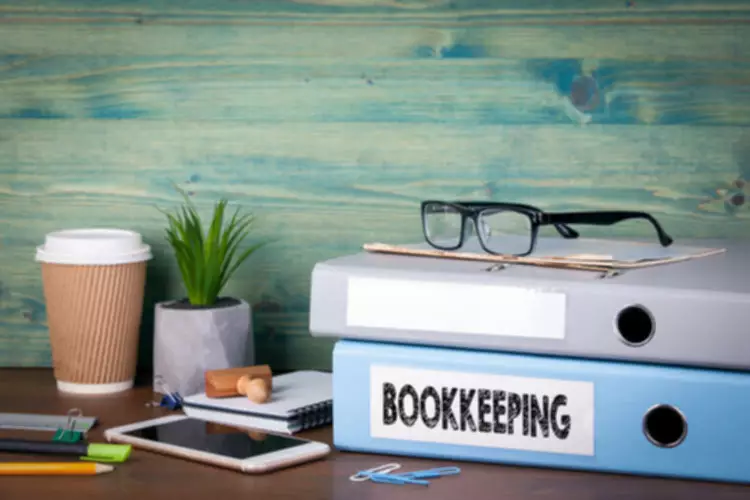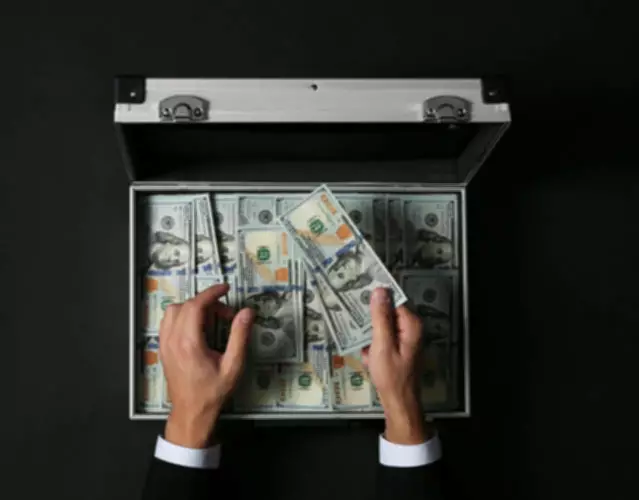Content

A bank statement is often used by parties outside of a company to gauge the company’s health. Employees usually prefer knowing their jobs are secure and that the company they are working for is in good health.
- If they don’t balance, there may be some problems, including incorrect or misplaced data, inventory or exchange rate errors, or miscalculations.
- Balance sheets provide the basis for computing rates of return for investors and evaluating a company’s capital structure.
- They are read by normal investors who might not have an accounting background.
- However, the biggest use of the data is for financial ratio analysis.
- In short, the balance sheet is a financial statement that provides a snapshot of what a company owns and owes, as well as the amount invested by shareholders.
- Deferred tax liability is the amount of taxes that accrued but will not be paid for another year.
These include white papers, government data, original reporting, and interviews with industry experts. We also reference original research from other reputable publishers where appropriate. You can learn more about the standards we follow in producing accurate, unbiased content in oureditorial policy. Customer prepayments is money received by a customer before the service has been provided or product delivered. The company has an obligation to provide that good or service or return the customer’s money. Wages payable is salaries, wages, and benefits to employees, often for the most recent pay period.
CHEGG PRODUCTS AND SERVICES
Nontangible assets also include goodwill, or the amount paid for a company over its net book value. In a trading concern, merchandise inventory is also treated as current assets. It means merchandise remains unsold at the end day of an accounting period. Interest on investment accrued but not received on the date of maturity is shown as current assets at the end of the accounting period. Prepare a corrected classified balance sheet as of July 31, 2017, from the available information, adjusting the account balances using the additional information.
- Geronimo Company, however, had set up a cash fund to meet this obligation.
- Property, plant, equipment, long-term investment, and intangible assets.
- Fixed assets include land, machinery, equipment, buildings, and other durable, generally capital-intensive assets.
- During the year, 10,000 shares of preferred stock with a par value of $100 per share were issued at $115 per share.
- Have you found yourself in the position of needing to prepare a balance sheet?
- Prepaid expenses are assets because they represent cash payments already made for services not yet received.
A classified balance sheet also provides a clear and crisp view to the user. The shareholder equity section mainly provides information about how the firm has been financed and how much profit it retains to reinvest further in the business. Once the information has been entered into the correct categories, you’ll add each category or classification individually. When that what is classified balance sheet is complete, you’ll need to add all the subtotals to arrive at your asset total, which is $236,600. The long-term section lists the obligations that are not due in the next 12 months. Keep in mind a portion of these long-term notes will be due in the next 12 months. Let’s walk through each one of these sections and answer the question what is a classified balance sheet.
How Balance Sheets Work
A liability is any money that a company owes to outside parties, from bills it has to pay to suppliers to interest on bonds issued to creditors to rent, utilities and salaries. Current liabilities are due within one year and are listed in order of their due date. Long-term liabilities, on the other hand, are due at any point after one year.
Manufacturing concern uses heavy plant and machinery for production purposes. Business concern enjoys the utility of these plant and machinery for a longer period. The assets which are used in business for a long-term period are called fixed or long-term assets. The statement of “assets” and “liabilities” exhibits the financial position of a business.
What is the Balance Sheet?
They are read by normal investors who might not have an accounting background. The different subcategories help an investor understand the importance of a particular entry in the balance sheet and why it has been placed there.

Or, some companies are in great shape even though they have negative working capital. Consider a fast food restaurant that has virtually no receivables and a very low inventory (you know bread and milk don’t store well). The only current assets may consist of cash, nominal inventories, and some prepaid items. Nevertheless, they may have current liabilities in the form of significant accounts payable and short-term debt.
Shareholders’ Equity
In alphabetical order below are balance sheet items for Mendoza Company at December 31, 2017. Accounts payable $79,000 Accounts receivable $63,000 Cash $39,000 Owner’s capital $23,000 Prepare a balance sheet.
Items Included In Shareholders’ EquityShareholder’s equity is the residual interest of the shareholders in the company and is calculated as the difference between Assets and Liabilities. The Shareholders’ Equity Statement on the balance sheet details the change in the value of shareholder’s equity from the beginning to the end of an accounting period. The format of the classified balance sheet ‘s liabilities side can be divided into three main categories. The classified balance sheet uses sub-categories or classifications to further break down asset, liability, and equity categories. Until the company delivers the services or goods, the company has an obligation to deliver them or to refund the customer’s money.
The balance sheet format also allows the user to quickly see which liabilities are short or long-term liabilities, and what the liabilities are comprised of in the business. The accounting cycle of journalizing transactions, posting, adjusting and closing entries, as well as the preparation of accounting statements is emphasized for service industries and merchandising concerns. Details of accounting https://www.bookstime.com/ for cash, notes and interest, and inventories. In the case of a joint-stock company owner’s equity is divided into share capital and retained earnings. Share capital and retained earning joined together are called shareholder’s equity. The liabilities which are payable after one year from the date of the balance sheet or after an operating cycle whichever is longer are called long-term liabilities.
